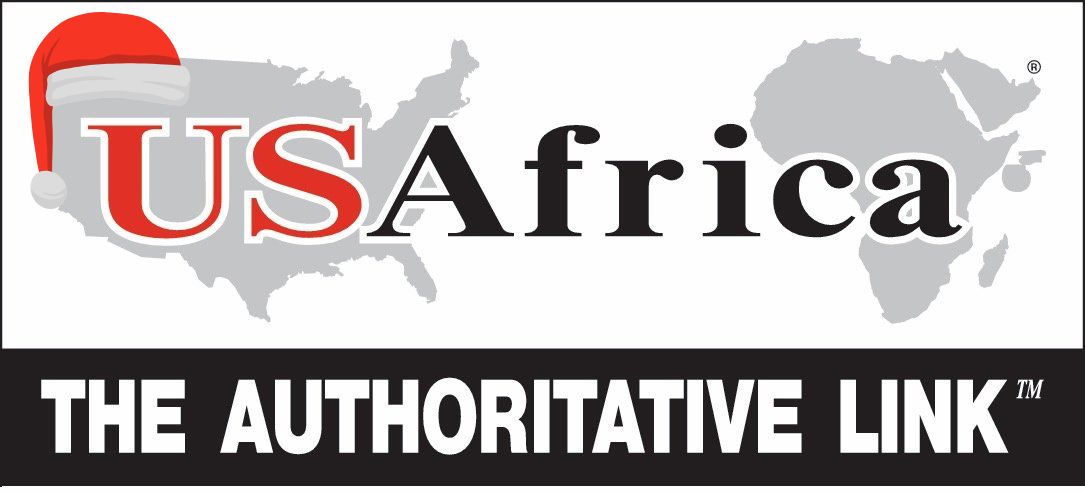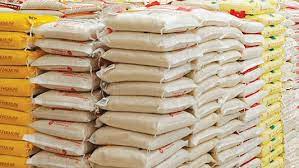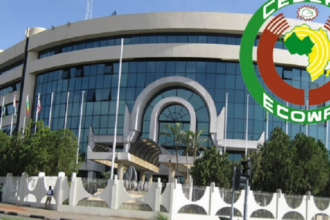The prices of agricultural goods, exports, and grains rose by 6%, 4%, and 10%, respectively, at the end of the month, according to the World Bank Food Security Update published at the end of July 2023. At the end of July 2023, the prices of wheat and maize respectively closed at 12% and 14% higher levels.
The survey also noted that most low- and middle-income nations experienced substantial food inflation, with inflation rates above 5%. The most severely impacted regions were those in Africa, North America, Latin America, Southeast Asia, Europe, and Central Asia, where food prices increased by more than 80% in real terms.
The price of rice, an essential meal in Nigeria, increased by 29% in just two months, according to later Nairametrics studies, raising significant concerns among consumers and dealers. According to study, the cost of rice in Lagos has increased from N32,000 in June to N45,000 as of this writing.
In the Federal Capital Territory, the cost of domestically produced rice is currently N37,000 per bag, while the cost of imported rice is N48,000.
By the 20th of July, Nairametrics reported that a bag of Mango rice cost N39,000, a bag of Mama’s Pride cost N38,000, and a bag of Cap rice cost N42,000. The cost increased to N48,000 by August 10th.
There is widespread fear that by December the price of a rice bag may have increased beyond the means of average wage earners due to the impending “Ember Months.”
Distributors who showed concern said that the issue should be blamed on price increase on rising transportation costs following the elimination of the gasoline subsidy on May 29 as well as rising costs connected with obtaining foreign currency.
The I&E window was previously closed to rice importers, but they claim they now have access to foreign exchange at more favourable rates.
Before importing rice into Nigeria, one importer, who asked to remain anonymous, said he purchases it in Cotonou. He underlined that the rise in rice prices during the previous two months was significantly influenced by the local currency’s depreciation.
Speaking anonymously, another importer said that the Republic of Benin is the source of his rice supply. Prior to recent developments, the local currency was more competitive with CFA francs.
But lately, he has been forced to buy dollars at a rate of N890 per dollar, which he then converts to francs. He emphasized that after taking into account the exorbitant costs of obtaining this pricey foreign cash, the burden is invariably placed on the final consumers.
“I need to ensure my profit margins. I’m not running a charity,” he asserted.
Francis Uwhakenan who also expressed concern said, in conversations with wholesale distributors that the recent increase in transportation costs was a factor in the price of rice.
He noted that throughout this time, the cost of shipping a truckload of rice had increased by a factor of two. Uwhakenan refuses to say where the foreign rice he distributes in Nigeria enters the country.
It is significant to note that the federal government of Nigeria has outlawed the importing of rice, highlighting its import substitution policy.
Additionally, the Federal Government recently raised import taxes on rice, from 50% to 60%, for both packages weighing more than 5 kg and those weighing no more than 5 kg. According to economists, this policy may unintentionally encourage smuggling.
Furthermore, numerous countries have implemented non-export regulations on particular crops in response to the Covid-19 epidemic in an effort to strengthen food security. For instance, the Indian government changed its export strategy to sustain the supply of non-basmati white rice and curb local price increases.
The non-basmati white rice policy changed from “Free with an Export Duty of 20%” to “Prohibited,” with immediate effect, in September 2022.
Given that India controls approximately 40% of global rice exports, this export embargo could result in lower domestic pricing for both consumers and producers in India. But it might also be a major driver of huge worldwide price increases and elevated price volatility.
Local rice “The new market go0ld”
Our team’s research shows that local rice is nearly nonexistent in Lagos markets. Retailers told USAfricaonline.com that Lagos residents hardly ever seek out local rice, which accounts for its scarcity.
For instance, Big Bull, which is widely regarded as Nigeria’s best milled rice, is hardly ever found in stores across the state. Customers hardly ever request local rice, according to numerous shopkeepers in significant Lagos markets.
“Nigeria made rice no dey move market,” quipped Mama Uche, a retailer at the Igando Market in Alimosho Local Government Area.
This opinion was shared by Godwin Imafidon, a wholesaler at Iyana Ipaja Market. He underlined that selling local rice is unprofitable because most consumers avoid it.
“Despite the buzz around local rice, people aren’t buying. They opt for foreign variants, praising its quality and lack of impurities,” he remarked.
Nweneda Tugbe, a Port Harcourt resident, expressed a similar viewpoint.
“While we aim to support our nation by purchasing local rice, it’s often a disappointing experience. Encountering stones while enjoying a meal isn’t pleasant,” she noted.
The cost of local rice indicates that Nigeria’s production level is insufficient, even though taste preferences may vary in northern Nigeria; this is especially true considering the current importation prohibition.
It’s important to remember that the Anchor Borrowers’ Program of the previous administration invested a huge N1.09 trillion, with a sizable share going toward rice farming. In Abuja in January 2022, at the rice pyramid exposition, this idea inspired a great deal of optimism.
In spite of promises of a 9 million metric ton annual production, rice prices have risen steadily since the incident. This indicates that Nigeria is still far from being self-sufficient in rice. It’s interesting that none of the six rice importers who were interviewed are willing to disclose the port of entry for their grains.
Impact of floods
The Nigerian Meteorological Agency (NiMet) has additionally issued a warning that the impact of the floods in 2023 may outweigh that of the floods in 2022.
Ade Adefeko, vice president of Olam Nigeria Limited, reflected on the statewide floods that occurred in 2022 and discussed how it affected their rice field and how it affected rice prices. After the tragedy on October 2nd, “a significant 25% of the rice crop was lost,” he revealed.
According to some farmers, this loss for Olam is representative of the widespread destruction endured by rice growers across the country.
By December 2023, rice prices may become unaffordable for many Nigerians due to a confluence of factors, including rising transportation costs, rising foreign exchange rates for rice importation, subpar local production, anticipated nationwide flooding, and increased demand because of the impending “Ember months.”















